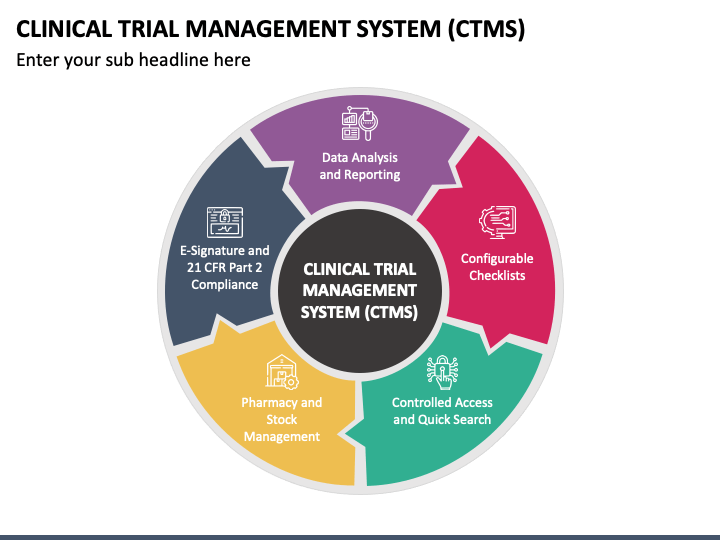5 Ways Nitrogen Tracer Glutamine Enhances Research

Nitrogen Tracer Glutamine: A Powerful Tool for Enhanced Research

Nitrogen tracer glutamine has become a vital component in various research fields, including medicine, biology, and nutrition. By incorporating nitrogen isotopes into glutamine molecules, scientists can track the movement and metabolism of this essential amino acid within living organisms. This powerful tool has numerous applications, enabling researchers to gain deeper insights into the complex biological processes that govern life. In this article, we will explore five ways nitrogen tracer glutamine enhances research, facilitating breakthroughs in our understanding of human physiology and disease.
1. Investigating Glutamine Metabolism and Transport

Glutamine is the most abundant free amino acid in the human body, playing a crucial role in various metabolic processes, including energy production, protein synthesis, and antioxidant defense. By using nitrogen tracer glutamine, researchers can study the metabolism and transport of glutamine in different tissues and organs. This information is essential for understanding how glutamine is utilized by the body and how its metabolism is altered in various disease states, such as cancer, sepsis, and metabolic disorders.
For instance, studies have used nitrogen tracer glutamine to investigate glutamine metabolism in the gut, liver, and skeletal muscle. These studies have shown that glutamine is an important energy source for enterocytes and that its metabolism is altered in conditions such as celiac disease and inflammatory bowel disease. By elucidating the mechanisms of glutamine metabolism and transport, researchers can develop novel therapeutic strategies to modulate glutamine metabolism and improve treatment outcomes.
2. Elucidating the Role of Glutamine in Cancer Metabolism

Cancer cells exhibit altered metabolism, including increased glutamine uptake and utilization. Nitrogen tracer glutamine has been instrumental in understanding the role of glutamine in cancer metabolism. By tracing the movement of nitrogen isotopes, researchers can investigate how glutamine is metabolized by cancer cells and how it contributes to tumor growth and progression.
Studies have shown that cancer cells exhibit increased expression of glutamine transporters and that glutamine is used as a primary energy source for cancer cell growth. Additionally, nitrogen tracer glutamine has been used to investigate the role of glutamine in the regulation of cancer cell metabolism, including the modulation of the tricarboxylic acid (TCA) cycle and the synthesis of nucleotides and amino acids.
3. Investigating Glutamine's Role in Immune Function and Inflammation

Glutamine is an important fuel source for immune cells, including T cells and macrophages. Nitrogen tracer glutamine has been used to investigate glutamine’s role in immune function and inflammation. By tracing the movement of nitrogen isotopes, researchers can study how glutamine is metabolized by immune cells and how it influences immune function.
Studies have shown that glutamine is essential for the proliferation and function of T cells and that its metabolism is altered in conditions such as sepsis and autoimmune disorders. Additionally, nitrogen tracer glutamine has been used to investigate the role of glutamine in the regulation of inflammatory responses, including the modulation of cytokine production and the activation of immune cells.
4. Understanding Glutamine's Role in Neurotransmission and Neurodegenerative Diseases

Glutamine is a precursor for the synthesis of neurotransmitters, including glutamate and GABA. Nitrogen tracer glutamine has been used to investigate glutamine’s role in neurotransmission and neurodegenerative diseases, such as Alzheimer’s and Parkinson’s disease.
Studies have shown that glutamine is essential for the synthesis of neurotransmitters and that its metabolism is altered in neurodegenerative diseases. Additionally, nitrogen tracer glutamine has been used to investigate the role of glutamine in the regulation of synaptic function and plasticity.
5. Investigating Glutamine's Role in Exercise and Sports Performance

Glutamine is an important energy source for skeletal muscle, particularly during exercise. Nitrogen tracer glutamine has been used to investigate glutamine’s role in exercise and sports performance. By tracing the movement of nitrogen isotopes, researchers can study how glutamine is metabolized by skeletal muscle during exercise and how it influences exercise performance.
Studies have shown that glutamine is an important energy source for skeletal muscle during exercise and that its metabolism is altered in response to exercise training. Additionally, nitrogen tracer glutamine has been used to investigate the role of glutamine in the regulation of muscle damage and recovery after exercise.
📝 Note: The use of nitrogen tracer glutamine has greatly advanced our understanding of glutamine metabolism and its role in various physiological and pathological processes. By continuing to develop and apply this technology, researchers can gain deeper insights into the complex biological processes that govern life and develop novel therapeutic strategies to improve human health.
In conclusion, nitrogen tracer glutamine has revolutionized the field of biomedical research, enabling scientists to investigate the complex biological processes that govern life. By tracing the movement of nitrogen isotopes, researchers can gain deeper insights into glutamine metabolism and its role in various physiological and pathological processes, including cancer, immune function, and neurodegenerative diseases. As research continues to advance, the use of nitrogen tracer glutamine will remain an essential tool for understanding the intricate mechanisms that govern human physiology and developing novel therapeutic strategies to improve human health.
What is nitrogen tracer glutamine?

+
Nitrogen tracer glutamine is a type of glutamine that contains nitrogen isotopes, which can be traced to study glutamine metabolism in living organisms.
What are the applications of nitrogen tracer glutamine?

+
Nitrogen tracer glutamine has various applications, including the investigation of glutamine metabolism in cancer, immune function, neurodegenerative diseases, and exercise and sports performance.
How does nitrogen tracer glutamine work?

+
Nitrogen tracer glutamine works by tracing the movement of nitrogen isotopes, which can be used to study glutamine metabolism in living organisms.



